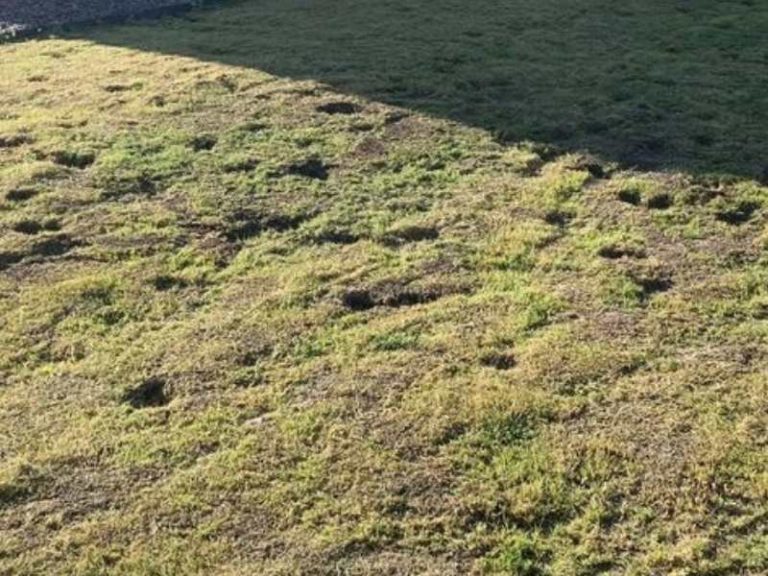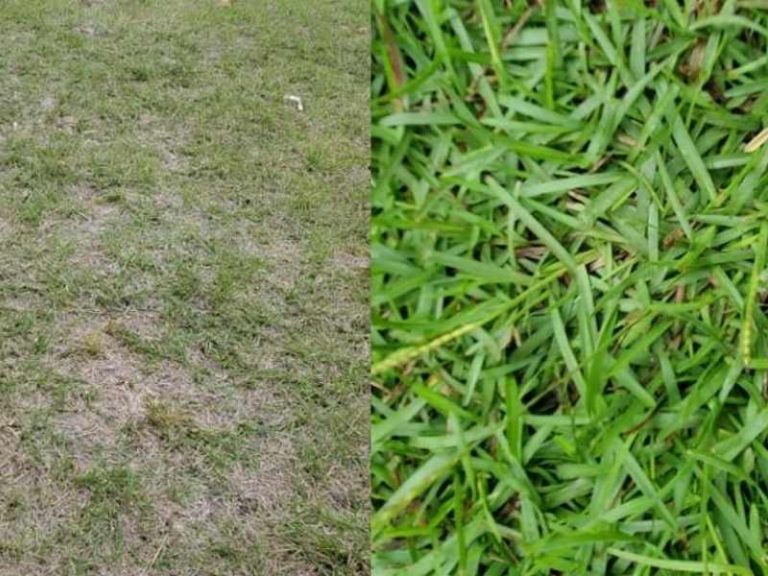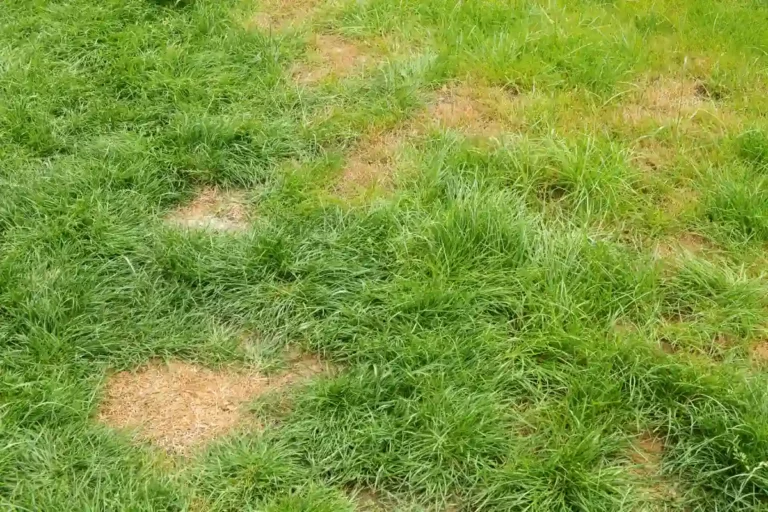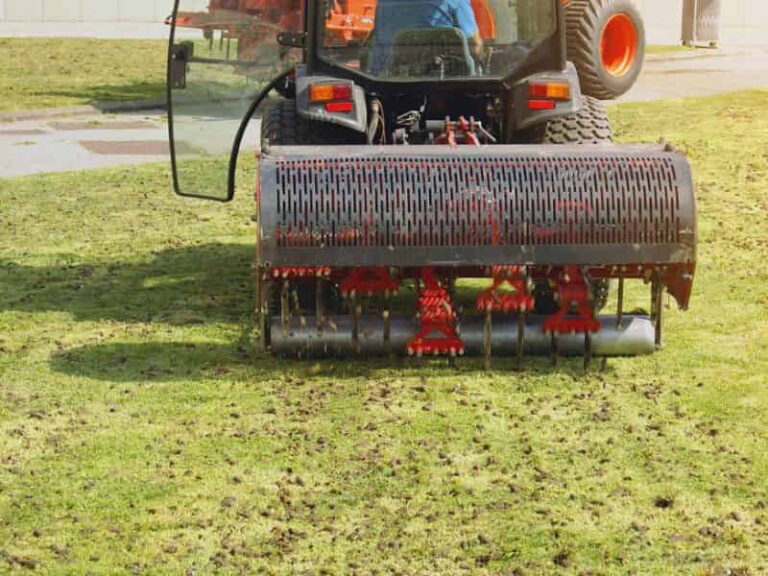Pampas Grass Alternative
This South American native grass is an ornamental plant used to establish neutral color schemes due to its gray and white plumes. However, pampas grass is classified as a noxious weed that poses a fire hazard. Fun fact: It is illegal to transport or sell Pampas grass in Hawaii.
This ornamental grass spreads rapidly and will quickly crowd out native vegetation while also being undesirable as a source of food for animals. For this reason, you should consider replacing Pampas grass in your garden with less-imposing alternatives
feather reed grass, blue oat grass, Maiden grass, Japanese forest grass, Pink Muhly grass, Ravenna grass, Fiber optic grass
8 Pampas Grass Alternative
If you’re looking for decorative plants to grow to boost your landscape aesthetics, there are several alternatives you can opt for instead of pampas grass. They include feather reed grass, blue oat grass, maiden grass, Japanese forest grass, Pink Muhly grass, Ravenna grass, fiber optic grass, and silver grass.
1. Feather reed grass
With its unique upright growth habit and feathery spikes, feather reed grass is easily one of the most visually captivating ornamental grasses. This ornamental plant can grow up to six feet tall, making it perfect as a privacy hedge.
Feather reed flowers can be cream, gold, purple, or green, depending on the cultivar. The flowers have a long bloom season and will keep your garden looking beautiful well into the winter.
Feather reed grass prefers well-draining, fertile soil; but will still survive in clay soil and low-nutrient soil. It also does well in mild shade conditions and will diminish in heavily shaded areas. This low-maintenance grass species thrives in USDA hardiness zones 5-9.
2. Blue Oat Grass
If you find pampas grass too invasive, consider blue oat grass as a suitable alternative. This ornamental grass has a clumpy growth habit, thus grows in mounds and won’t spread aggressively and take over your yard.
Blue oat grass has a steel-blue color that adds a vivid touch to any landscape it’s planted in. The foliage droops to form a beautiful, fountain-like shape. Meanwhile, its showy flowers appear in the summer.
Blue oat grass prefers full sunlight exposure and well-draining soil. It’s relatively low maintenance but grows slowly. This perennial grass thrives in USDA hardiness zones 4-9.
3. Maiden Grass
Maiden grass (Miscanthus Sinensis) is a fine-textured, perennial ornamental grass whose narrow, arching leaves add visual appeal to gardens and landscapes. It has a clumpy growth habit and can grow up to 8 feet tall, making it an excellent privacy cover plant, too.
If you’re going for a landscape with a neutral color scheme, the silver plumes of maiden grass are a great way to build upon this aesthetic. The eye-catching flowers don’t fade until late winter. It keeps your yard looking enchanting for most of the season.
Maiden grass has moderate drought tolerance and prefers full sun. You can plant this deciduous ornamental all year round if you’re in USDA zones 7-9.
4. Japanese Forest Grass
Pampas grass can grow to 8 feet, which is not a good look if you wish to maintain a low-profile garden. Japanese forest grass is a great alternative that typically doesn’t exceed 18-inches tall.
Japanese forest grass has arching foliage that adds a dramatic touch to landscapes. This perennial accent plant comes in shades of green or could be variegated with a mix of gold colors. It’s also a slow-growing ornamental, thus less likely to take over areas of your garden where you don’t want it.
Note: Japanese Forest grass has excellent shade tolerance, a rare quality amongst ornamental grasses. On the downside, though, it dies in the winter.
5. Pink Muhly Grass
Pink Muhly grass, also known as Gulf Muhly, is a native perennial grass that adds texture to gardens. It forms neat clumps and can grow up to 4 feet tall.
Pink Muhly grass has shiny, dark green foliage that develops pink-purple plumes in late summer. This late-season blooming makes it great for complementing other ornamentals that fade around this time of the year.
Pink Muhly grass is a low-maintenance ornamental with good heat and drought tolerance. High humidity conditions won’t deter it, either. What’s more? It can grow in a wide variety of soil conditions.
6. Ravenna Grass
Ravenna grass (Saccharum Ravenna) is a perennial ornamental grass common in the Northern regions. Its white flowers make it a great alternative to Pampas grass in gardens with neutral color themes.
Ravenna grass typically reaches 8-12 feet tall, with its cascading foliage giving it an elegant allure. You can easily identify this ornamental grass by its leaf blades. They are blue-green with a prominent midvein and hairy at the base.
Ravenna grass beats Pampas grass in terms of drought and frost tolerance, which is why it’s sometimes referred to as ‘Hardy Pampas grass.’ Beware, though, that Ravenna is invasive and can take over your yard.
7. Fiber Optic Grass
Fiber optic grass is another low-growing alternative to Pampas grass. This 6-12 inch tall decorative plant is named for its tiny flowers at the tip of the shoots that resemble a fiber-optic light. Its compact, mounding growth habit makes it an excellent option for gardens with limited space.
Fiber optic grass thrives in full sun and moist soil but will tolerate light shade conditions. It grows best in USDA hardiness zones 10-11.
Note: Fiber optic grass can also be used as an indoor ornamental due to its low growth profile.
8. Silver grass
Silver grass (Vulpia spp.) is a genus of annual grasses with thin, hairless leaves and stems. It has a membranous ligule and lacks auricles. Silver grass has a panicle seed head carrying several seeds.
At the seedling stage, silver grass looks quite similar to annual ryegrass. However, unlike silver grass, annual ryegrass has auricles, and its leaf blades are distinctively wider.
This cool-season grass is best seeded in the fall (October-November). It develops blossoms between March-May, about five months after seeding.
Note: Silver grass is a drought-hardy decorative plant and will produce seed as long as it receives at least 25cm precipitation per year. Common silver grass species include Vulpia myuros, Vulpia bromoides, Vulpia fasciculata, and Vulpia muralis.
Why is pampas grass illegal?
It’s illegal to grow Pampas grass in the state of Hawaii and many other countries outside the USA since it’s classified as a noxious weed. This means it’s detrimental to ecosystems and native vegetation.
Pampas grass produces and disperses millions of seeds per year, making it highly invasive. Also, it has a high tolerance for frost, drought, and full, direct sunlight, making it capable of easily taking over native plants during any season.
Such highly invasive ornamentals diminish environmental biodiversity. Not to forget, Pampas grass’ sharp foliage is undesirable as a food source for wildlife and can cause physical harm.
Finally, this decorative grass also poses a fire hazard and forms a suitable breeding ground for harmful pests.
Is there a non-invasive pampas grass?
Gold Band Pampas grass (Cortaderia selloana) is a non-invasive Pampas grass cultivar since it doesn’t set seeds. This grass is named for the golden edges on the foliage, an attribute stemming from its high propensity for shade and moisture.
Gold Band Pampas grass also has excellent heat and drought tolerance, making it a relatively low-maintenance ornamental plant.
Is there ornamental grass that does not spread?
Getting rid of an accent plant that’s invasive and taking over your yard is not only laborious but also costly. These limitations explain why many gardeners find none-imposing ornamental grass varieties more desirable.
Invasive grasses tend to have a creeping growth habit, as they spread rapidly via stolons and rhizomes. Conversely, non-invasive varieties typically have a clumpy growth habit with minimal lateral spread and tend to spread slowly.
Examples of decorative grasses that stay put include:
- Foxtail barley
- Pink Muhly grass
- Ravenna grass
- Feather reed grass
- Gold Band Pampas grass
Do ornamental grasses reseed?
Most ornamental grasses are readily reseeded to fill in spaces in the yard. However, some varieties need help reseeding.
To reseed slow-seeding ornamental grasses, harvest the available seeds after maturity and dry them up for a couple of days before planting.
Which ornamental grasses are sterile?
Horticultural experts are making great progress in developing low-fertility cultivars of native ornamentals to prevent invasion via reseeding. Forward development has come up with sterile ornamentals such as:
- Miscanthus ‘Bandwidth’
- Miscanthus ‘Scout’
- Pennisetum Etouffee
References
- North Carolina State University (NCSU)- Cooperative Extension: Calamagrostis x acutiflora
- Edward F. Gilman, University of Florida, Institute of Food and Agricultural Sciences (IFAS) Extension: Miscanthus sinensis– Maiden Grass





